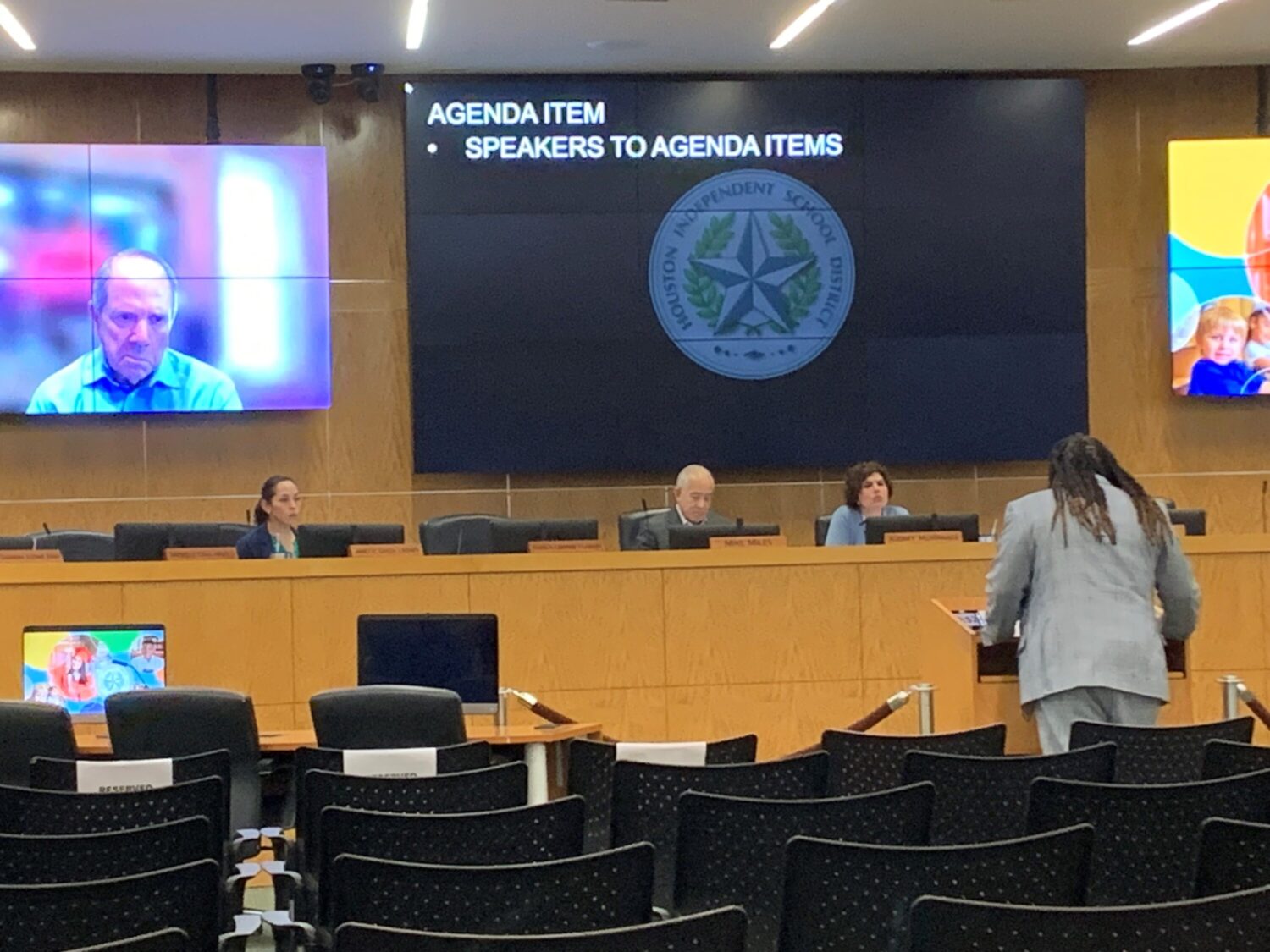The Houston Independent School District (HISD) is facing a crucial decision as the state-appointed board of managers prepares to vote on whether to place a historic $4.4 billion bond package on the Nov. 5 ballot. This proposed bond would be the largest ever in the state of Texas and the first for HISD since 2012.
The district’s board members have been engaged in discussions about the bond proposal, hearing from administrators, parents, teachers, and community members about the pressing needs across the district. The proposal includes plans to rebuild over 40 aging campuses, renovate several other schools, and address health and safety issues that have arisen due to recent natural disasters like the derecho windstorm in May and Hurricane Beryl in July.
A significant portion of the bond, $1.35 billion, is earmarked for safety and security upgrades, including lead and mold removal, creating single points of entry at all 274 schools, and replacing faulty HVAC systems. Superintendent Mike Miles emphasized the urgency of addressing these safety and health needs, stating that the district has over $10 billion in needs overall.
In addition to infrastructure improvements, the bond proposal allocates $1 billion for technology upgrades, expanding the prekindergarten program, and constructing three new career and technical education centers. However, there have been discussions among board members about the need for four career centers serving different geographic regions within HISD, with some suggesting the district should focus on better utilizing partnerships with local businesses and colleges.
One contentious issue among district stakeholders is the plan for “co-locations,” where seven new campuses would house a total of 15 under-utilized schools in low-income communities of color. State Sen. Molly Cook and elected trustee Savant Moore have expressed concerns about closing schools, with Moore warning that including these co-locations in the bond proposal could lead to significant opposition from voters.
Former HISD trustee Judith Cruz, who played a key role in driving public engagement for the bond proposal, acknowledges the concerns raised by stakeholders but emphasizes the need for urgent facility improvements. Cruz highlights the potential cost implications of delaying the bond, citing inflation and continued deterioration of campus conditions as factors to consider.
Ultimately, the decision on whether to place the $4.4 billion bond on the ballot will rest with the voters. As the board of managers prepares to make their decision, the community will have the opportunity to weigh in on this historic bond package and determine the future of HISD’s infrastructure and educational programs.


